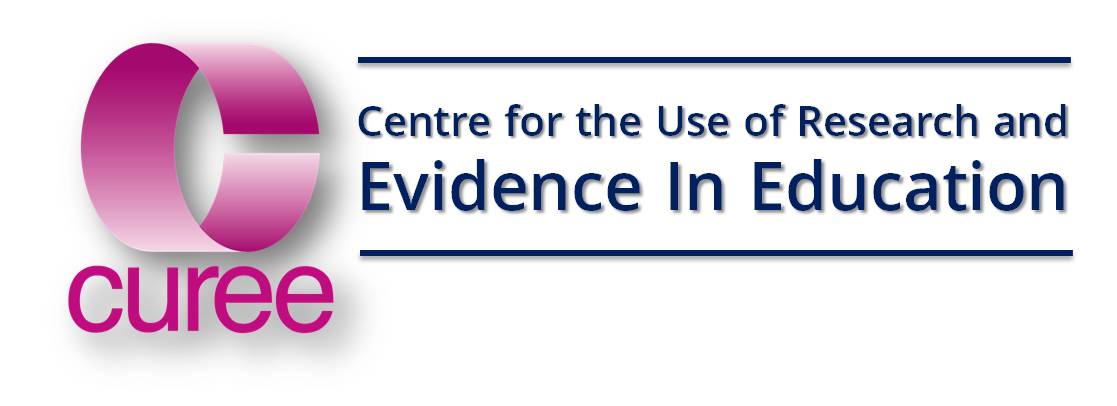Note: the lead responsibility for taking the project forward rests with CfBT. The information below is provided for general interest and may not be accurate or up-to-date. For authoritative information on the project in detail contract the National College or CfBT
First Year Results
Five of the seven interventions had a distinct and 'complete' cycle in the first year. The post tests (literacy or numeracy) were carried out in June/July and the National College (assisted by DfE Analytical Services) are analysing the results. A preliminary view of these is expected to be available in September.
Two interventions - Research Lesson Study (RLS) and Achievement for All (AfA) - are on a different timetable. RLS was piloted in the first year - to specify and refine the tools and protocols and to adapt the approach for specific 'gap closing' purposes - and moves into a full randomised trial from September. AfA is a longer intervention - normally two years - so it's been tested once in the first year for its direct impact on participating pupils and again in the second year for its broader effectiveness as a whole school intervention.

The section below is a reminder of the sequence of events in the first year
Assignment to interventions
Teaching school alliances (TSAs) and individual participating schools were told which intervention they will trial. For the schools who stated their preferences, this will be either their first or second choice. All TSAs were notified of the assignments and should have passed this information on to their participating schools
Launch Events
Four launch events were held in September/October 2013
Training for trial co-ordinators
Training sessions (co-designed by CUREE) were run by the School of Education at Oxford University) as one-day sessions run in 10+ locations to help the teaching school alliance 'trial co-ordinators' get to grips with their roles.
Testing
As this is a randomised controlled trial, we need information about the levels of attainment of the relevant groups of children both before the trial and after. This is done through a standardised - usually online - test. Testing has to be organised very soon and details of what test and how to book it have been distributed via TSA trial co-ordinators. [As an aside - schools usually find the test data very helpful on its own - whatever happens in the trial].
Randomising
Once the testing data has been collected, schools in the trial are randomly allocated to either the 'intervention group' (which get to try the thing out immediately after training) or the 'control group' (which gets the intervention but later). Schools in the control group then don't have to do anything more (other than continue to educate their pupils!) until a second round of testing next summer. After that, they start training for the intervention themselves.
Training for participating schools
Once a school knows that it is in the intervention group, it needs to book places on the training organised by the relevant intervention team. The TSA trial co-ordinator will have the relevant information, contact details etc.
Information for governors
Governors might be interested to read the short article written by Paul Crisp about the scheme and how it relates to Pupil Premium and Closing the Gap. This appears as a blog on the CUREE site and on the Governors' Crossroads on the NCTL website
